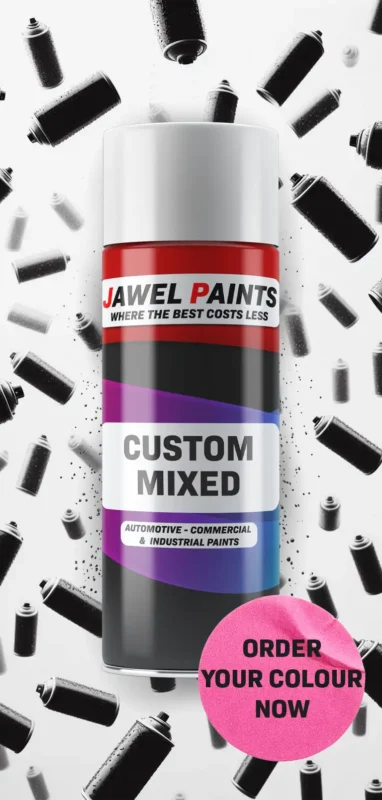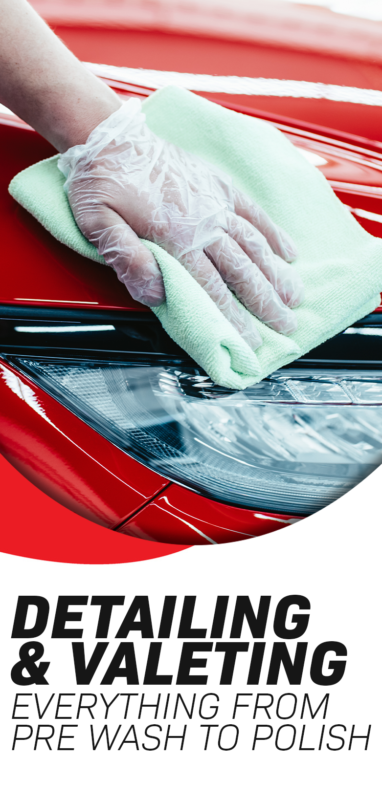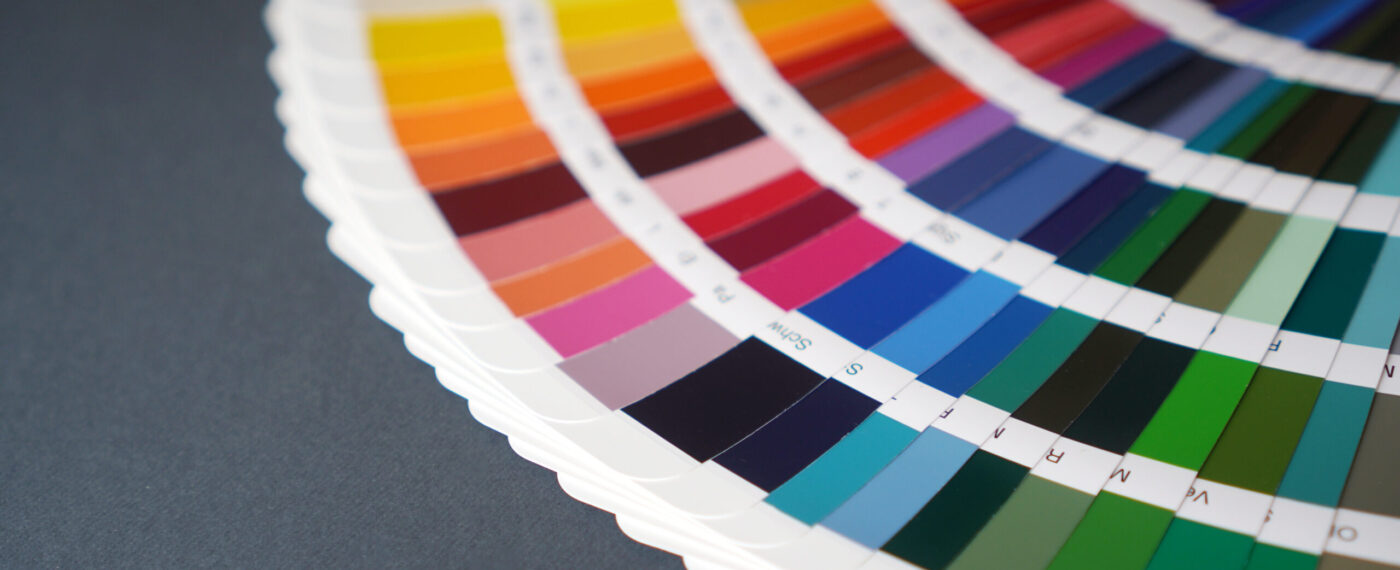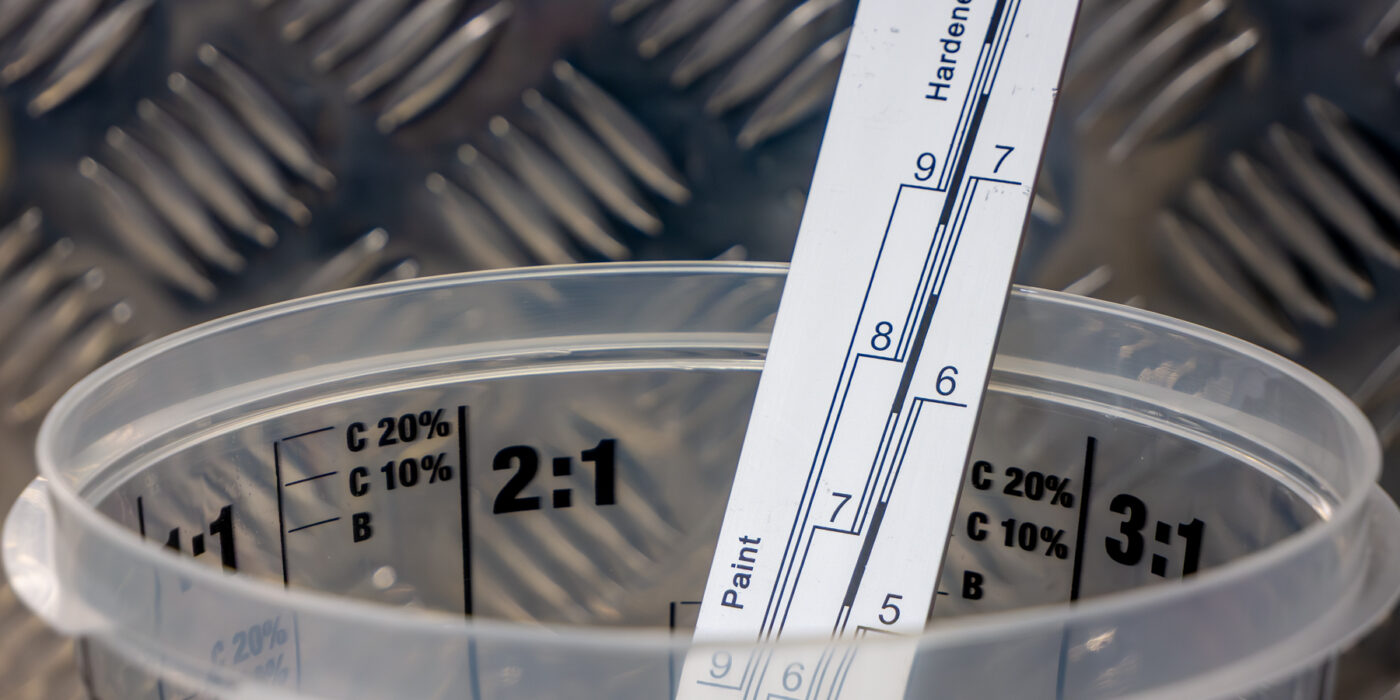Paints
How to Mix Paints Like a Pro: A Beginner’s Guide to 2K, Cellulose & More
Introduction
If you’re new to spraying paint — whether it’s automotive refinishing, restoring machinery, or tackling DIY projects — getting the mixing right is key. Even the highest quality paint can fail if the ratios or thinners are wrong.
This guide breaks down how to correctly mix paint, primers, and thinners, and explains how to avoid common issues like curdling, poor flow, or paint reactions.
Why Mixing Matters
Paints that come in two or more parts rely on a chemical reaction to cure and harden. The mixing ratio determines how these parts react — and getting it wrong can cause:
- Too little hardener: soft finish, poor durability, long drying time
- Too much hardener: fast curing, dull gloss, possible cracking
Taking a few extra seconds to measure accurately ensures a smoother application and a lasting finish.

Mixing Ratios Explained
Paints and primers are mixed according to set ratios such as 2:1 or 4:1, meaning two parts paint to one part hardener, and so on.
2K Acrylic Paint
- Mixing Ratio: 2:1 (2 parts paint : 1 part 2K hardener/activator)
- Optional Thinner: Up to 10% 2K thinner to help flow or atomisation
2K Acrylic Paint is a hard-wearing, non-metallic coating often used for vehicles, machinery, and equipment. Always mix the paint and hardener first, then add thinner if needed.
2K High Build Primer
- Mixing Ratio: 4:1 (4 parts primer : 1 part primer hardener)
- Optional Thinner: Up to 15% 2K thinner for smoother flow or better leveling
High Build Primer provides excellent filling properties for uneven surfaces and ensures your topcoat adheres properly.

Thinners: What They Do and Why Choice Matters
Thinners adjust the viscosity of paint to help it flow through your spray gun and level on the surface. Using the wrong thinner can cause serious issues like lumping, curdling, or poor adhesion.
Here’s a quick reference:
| Paint Type | Correct Thinner | Notes |
|---|---|---|
| 2K Paints | 2K Thinner | Designed for chemical-curing paints; ensures smooth finish. |
| Synthetic Paints | Synthetic Thinner | Used for enamel or synthetic finishes. Not suitable for 2K systems. |
| Cellulose Paints | Cellulose Thinner | Used for older finishes and restoration work. |
| Polyester Basecoat | 2K/Polyester Thinner | Used for metallic or pearlescent basecoats before clear lacquer. |
Understanding Cellulose Thinners
Not all cellulose thinners are created equal. Each type has a specific purpose:
- Standard Cellulose Thinner:
Often recycled and best suited for cleaning spray guns or tools. Avoid using it for mixing paint, as contaminants can cause reactions or colour changes. - Premium Cellulose Thinner:
Made from virgin solvents for a cleaner, more consistent result. Ideal for cellulose topcoats where gloss and clarity matter. - Anti-Bloom Thinner:
Designed to prevent “blooming” (a milky haze) caused by humidity or cold weather. Perfect for achieving a glossy, blemish-free finish.
Avoiding Common Paint Problems
Even experienced painters run into issues from time to time — here’s how to spot and fix them.
Paint Going Lumpy or Curdled
Cause: Using the wrong thinner or mixing incompatible products.
Fix: Always check product labels and use matching systems (e.g., 2K thinner for 2K paint).
Thinner Reaction vs. Silicone Contamination
- Thinner Reaction:
The surface wrinkles, bubbles, or lifts shortly after spraying. This happens when the solvents in the topcoat react with the layer beneath. - Silicone Contamination (Fish Eyes):
Small round craters or holes appear in the surface. This is caused by wax, oil, or polish residue — not thinners.
Solution:
Always clean surfaces with a panel wipe degreaser before painting. Use lint-free cloths and wipe in one direction to remove all residues.

Final Tips for Perfect Mixing
- Mix only what you’ll use — 2K products begin curing once combined.
- Use clean containers and stirrers each time.
- Keep lids sealed tightly on paints and thinners to avoid contamination.
- Always follow the manufacturer’s technical data sheet for ratios, flash times, and drying instructions
In Summary
Getting your mixing right is the foundation of a great paint job.
✅ Measure accurately.
✅ Use the correct thinner.
✅ Keep everything clean.
Whether you’re just starting out or refining your technique, mastering these basics will give you more control, better results, and a finish you can be proud of.





